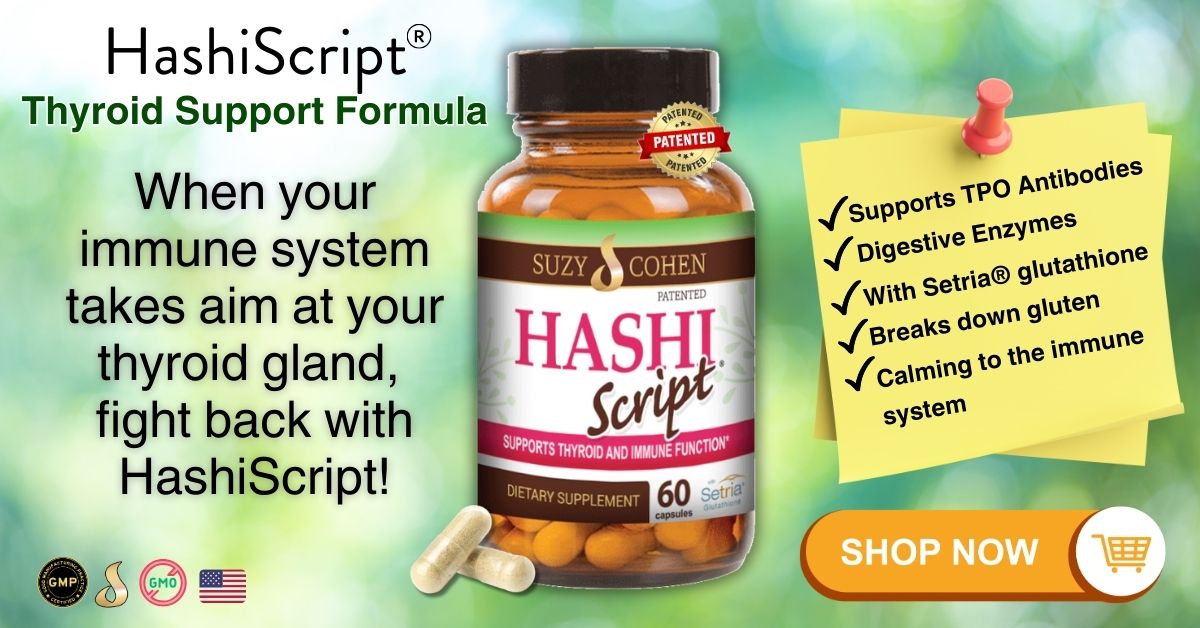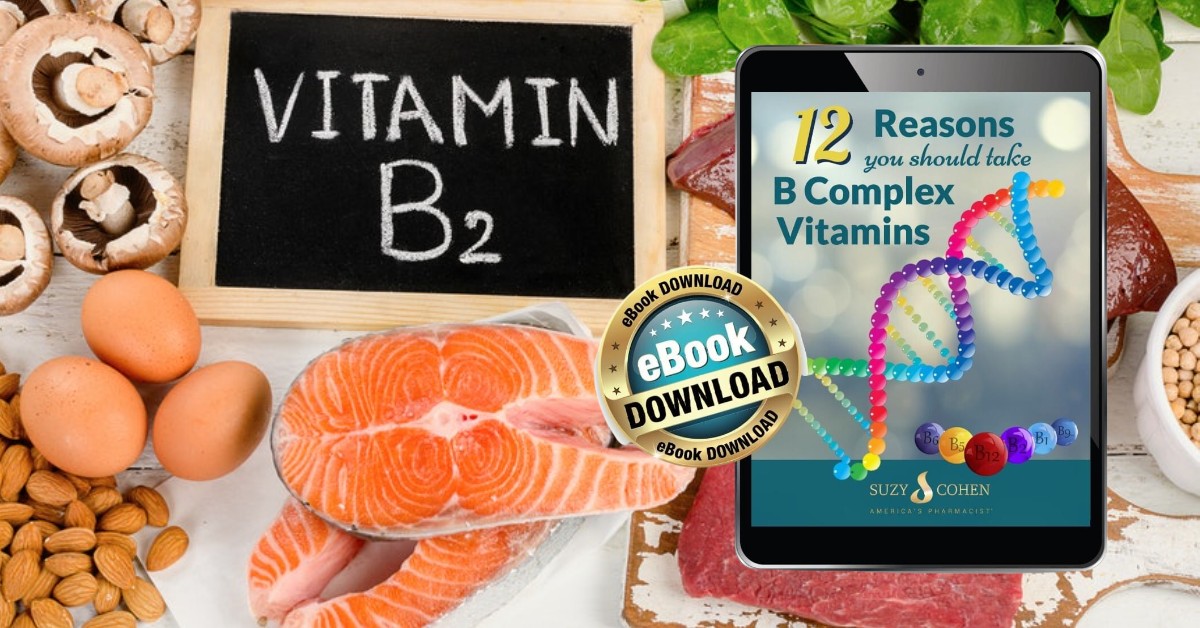What's On This Page?
ToggleMost bananas are peeled and eaten within one minute. That’s according to The Guinness Book of World Records. While not officially amazing in my opinion, the most bananas peeled and eaten in one minute is 8 and was accomplished by a man named Patrick “Deep Dish” Bertoletti, a competitive eater. Because bananas have a binding effect on the gut, this guy was probably constipated for days!
Bananas have a tremendous amount of medicinal applications. For one, the peel of a banana is known as a home remedy to promote wound healing from minor burns. It can get you in trouble if you’re driving around Taiwan though; see below for more on that true news story!
The actual banana fruit (as opposed to the banana leaf) could have substantial impact on several illnesses, including depression!
Banana parts are studied, even in the Journal of Ethnopharmacology. In 2014, it was determined that the peel and pulp of the banana and plantains contain carotenoids (a precursor for vitamin A), vitamin C, vitamin B6, folate, magnesium, potassium and fiber. Two important minerals for brain health and detoxification, copper and manganese, both receive honorable mention. What else?
The Nutritional Content of Bananas
An average banana imparts 25 mcg of folate, 34 mg of magnesium and 450 mg of potassium. That’s great for blood pressure! You can put a banana in your purse and eat it instead of a Snickers bar, it’s great for travel, and the TSA agents never take my bananas away! Once I did that only to find the rotten banana in my purse 3 days later, so don’t forget it’s there. (My purses are big!)
If you eat too many bananas at once, it can be constipating, that’s why people who have diarrhea eat them daily. On that note, you could also eat more rice if you have loose stools, because rice is also constipating.
Bananas are a huge crop, especially in tropical regions. In 2017, the crop which sells about 145 million tons of bananas (worldwide) came under attack. A deadly fungus spread through plantations, and simultaneously, bacterial disease killed some plantations in Africa.
Bananas are not doomed, don’t worry; that’s a good thing if you have depression or Parkinson’s disease which are due in part to low dopamine.
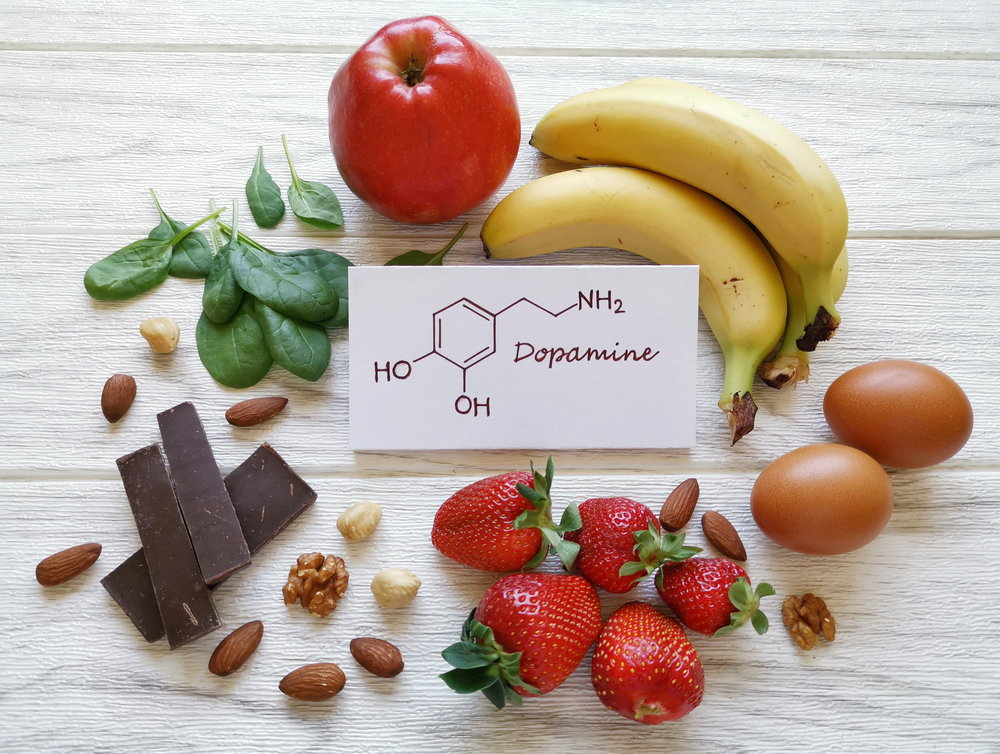
Dopamine is a happy brain chemical, it’s your body’s natural antidepressant. Dopamine makes you happy. It is a passion hormone that you make in your body and brain. Dopamine is what makes you want to garden or golf, for example; to dance, laugh and do fun hobbies.
It motivates you and it’s your passion hormone. In excess, it can lead to compulsive shopping, gambling, excessive eating… even sex addiction. As the saying goes, “too much of a good thing is bad.”
But healthy levels of dopamine are needed to balance serotonin, GABA, norepinephrine, epinephrine, and your endocannabinoids.
Healthy dopamine levels are critical for movement and coordination. With declining levels of dopamine, or dopamine receptor insensitivity, you could see Parkinson’s-like symptoms, depression, bladder dysfunction, obesity, memory loss, sometimes ADD (Attention Deficit Disorder) and unexplained fear or anxiety spells. So where do bananas fall into this discussion?
In their small way, bananas make dopamine!
Bananas are naturally high in an amino acid that is part of the dopamine chemical structure. Without tyrosine, you can’t make dopamine. One banana contains about 70mg tyrosine and you need that to make all kinds of neurotransmitters like dopamine, epinephrine and norepinephrine, as well as triiodothyronine (T3) thyroid hormone. These are your the hormones in your body that make you feel happy.
If you’re in the pursuit of happiness, go bananas! 🍌🍌🍌
Tyrosine is the amino acid precursor to the catecholamines which wake you up and speed up brain activity. The catecholamines are dopamine, epinephrine and norepinephrine. And as I said, tyrosine is also part of the chemical structure of thyroid hormone, which also wakes you up, clears brain fog and makes you feel energetic. Thyroid hormone burns fat. You cannot make thyroid hormone without tyrosine.
Bananas create these “happy” healthy hormones, but it doesn’t have a major impact, let’s be real. A banana will never take the place of your morning latte, or that 5-hour energy shot you crave! It’s not a substitute for an antidepressant either. But for sure, it could be argued that bananas increase your feel good hormones and could impact your state of mood.
Most of us let our bananas ripen from green to yellow, and some of us even prefer them to have a few dark spots on them before eating. This is especially good to do when you’re baking Banana Bread because there’s more intense banana flavor in your batter.
Perhaps you’ve been told that the more brown spots on your banana, the more dangerous it is. I’m not convinced that’s true. The possibility exists that the riper your banana, the higher the anti-cancer effect! The riper the banana, the lower the amount of pectin in it, just so you know. I’ll tell you more about pectin in the section below on diabetes.
These brown spots are high in a substance called TNF alpha.
This stands for “Tumor Necrosis Factor Alpha.” And TNF alpha is a compound in your body that seeks to destroy cancer. Too much TNF alpha is bad.
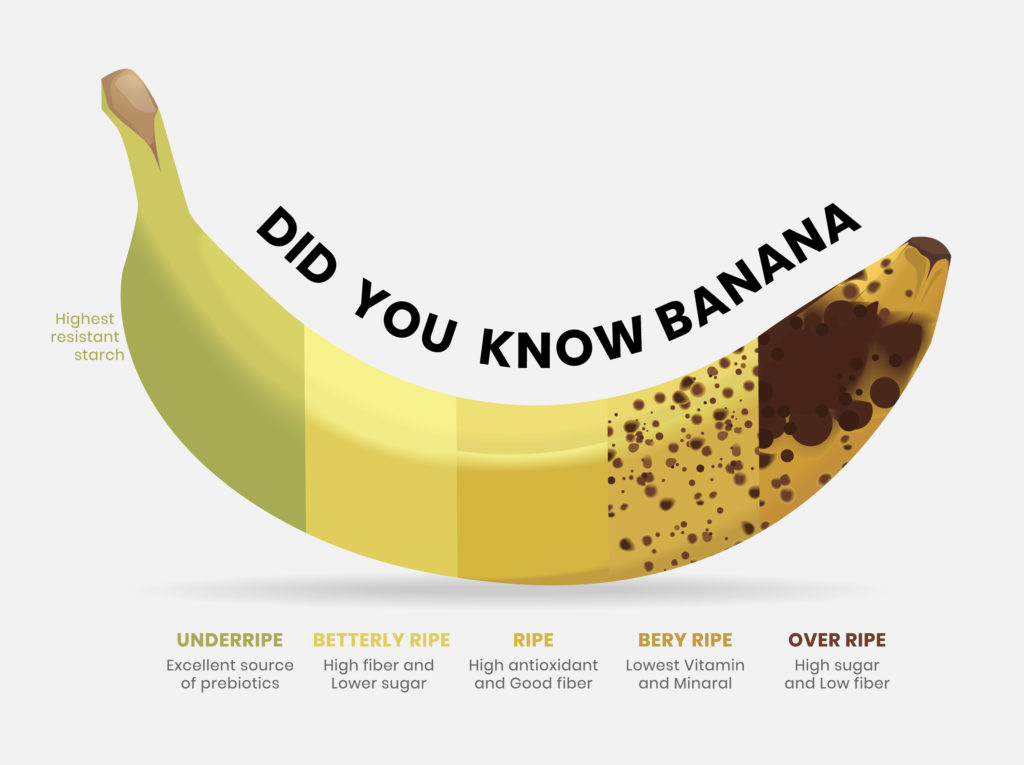
TNF is one of those pro-inflammatory cytokines that I’ve written about in the past. It’s something that many people want to reduce. But in normal healthy amounts, this compound assists your body and helps with cell-to-cell communication in your gut where your immune system lives.
TNF alpha sends the signal out to your body that directs cell movement towards inflammation and infection sites. It inhibits growth and spread of tumor cells (metastasis) and triggers apoptosis (programmed cell death). In normal healthy amounts, you can think of it as your God-given, naturally produced bio-identical chemotherapy.
Too much TNF alpha has a negative impact
Too much TNF alpha has a negative impact, and needs to be contained. Research suggests that the TNF produced by ripe (old) bananas is as effective of an anti-cancer agent as Lentinan, an immunostimulant drug injected intravenously to stimulate your white blood cells to fight cancer and viruses more. I’m planning to eat old bananas (unless they’re mushy from being in my purse for 3 days🙄) because I don’t like green unripe ones, and I think older bananas taste better.
As an interesting FYI, this Lentinan anti-cancer compound is a substance that comes from the shiitake mushroom! It’s used with other prescription drugs to fight HIV, stomach cancer and other tumors in the body.
I’m not a banana spokesperson!
I just like to find out how foods and herbs work like medications in your body.
It appeals to the pharmacist in me 🤔
As your banana ripens, the amount of TNF alpha rises, and to some degree, this may strengthen your immune system, increase your white blood cell count and your antioxidant army. Ripe bananas were studied by the Japanese, and found to have about eight times more cancer-fighting potential compared to their unripe green relatives.
At the end of the day, you can believe what you’d like, it’s all good with me!
But just so you know, some extremely devoted banana researchers in Japan have actually proven that ripe bananas fight cancer, at least in test tube studies. Because I’m slightly nuts, I sometimes wash bananas before I eat them.
Even though I’m not eating the peel, I’m still aware they sit in plantation barns, they’re toted around in trucks and lots of critters could have crawled on them before I put them in my mouth. So if I think about it, I wash the little guys in cold soapy water and then put them on my banana hanger.
LOL, please don’t send me notes about being neurotic… I already know 😜
Bananas Come in All Kinds of Shapes and Sizes
The biggest banana is probably more of a plantain, it’s called the “rhino banana” or the “rhino horn plantain.” It’s about 14 to 16 inches long. The largest bunch of bananas according to The Guinness Book of World Records has 473 individual bananas on it, was grown in the Canary Islands and weighed 287 pounds.
Now in other strange banana news, a British man was driving in Taiwan and he threw his banana peel out the car window. The incident went viral on social media because the driver got into an argument with a Taiwanese man who saw this act of littering, followed him, and confronted him at a red light. The man said, “Littering is unethical and uncivilized behavior.” So I have to agree with that but I don’t think I would have chased him down over a flying banana peel!
In my state of Colorado (USA), littering is actually a “Class 2 Petty Offense” and your first conviction is a fine that ranges between $20 and $500. Second act of littering can be up to $1000. Around here in Colorado, we tend to think through it before littering.
As an example, if I throw something edible out in my yard or even my big green trash can (without putting a heavy weight on top), I will literally be awakened around 2am to howling coyotes, vicious birds, a fox, prairie dogs or once, a little black bear!
Parts of Colorado are still the wild west and I live next to open space! Out here we think about what we throw out, and I never litter. Even most of our trash receptacles are ‘locked’ (in public areas) so it doesn’t cause mayhem (or harm) to our wildlife. Okay, back to bananas, and I mean it this time… this article is just too much fun to write, can you tell?!
Banana Facts
There’s some evidence-based facts about banana health benefits:
Hypothyroidism.
Bananas are rich in tyrosine which we already talked about as the amino acid needed to make dopamine. Did you know that Thyroid Hormone requires tyrosine too? A deficiency in tyrosine means reduced thyroid hormone activity and could contribute to hypothyroidism.
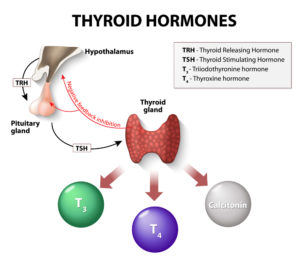
Bananas could be useful for people with low thyroid hormone because tyrosine (along with iodine) are the constituents thyroid hormone, which makes you lose weight, feel pretty and grow beautiful hair and nails.
Thyroid hormone is responsible for how cold (or warm) you feel too. Thyroid hormone is your energy hormone. It is your body’s fat-burning switch! You can’t make thyroid hormone without tyrosine, and again, bananas contain it. For my supplement regarding thyroid hormone, CLICK HERE.
Diabetes.
This might sound counterintuitive due to the amount of starch and sugar in bananas. Regular (less ripe) bananas are actually low to medium on the glycemic index. Ripe bananas with those brown spots on them are much higher on the glycemic index. That means that diabetics should probably avoid the ripe, dark bananas but the regular ones might be okay at times because they should not cause a major spike in blood sugar. I’ll leave you to figure out what’s right for you with your own nutritionist.
Bananas have a lot of dietary fiber called pectin, which escapes digestion. It’s a resistant insoluble fiber. Studies do show that pectin and resistant starch may moderate blood sugar levels postprandially, and slow gastric emptying which reduces appetite. There are numerous studies on this.
To boot, several studies has proven that 15 to 30 grams of resistant starch each day will improve insulin sensitivity by 33 to 50%, and it will do that in about a month. Bananas that are not too ripe are a source of this resistant starch. Maybe put one in your morning smoothie a few times a week.
Digestive Problems.
Pretty simple here… bananas are high in insoluble fiber which may feed your friendly gut bacteria and promote intestinal health. Resistant starch doesn’t get digested by your stomach acid and winds up down lower in your intestinal tract where it becomes “food” for your probiotics. Fiber is well known for its ability to protect us from colon cancer. If you have IBS that leans to diarrhea, bananas may become your best friend.
Heart Disease.
Is it grasping to consider bananas good for your cardiovascular system? I mean, they are a great natural source of potassium and magnesium. That’s what you need to equalize blood pressure and regulate electrolytes. I’ve read several research articles that prove a diet rich in potassium can reduce blood pressure and that people who have healthy levels of potassium enjoy a 27% reduced risk of heart disease. I wouldn’t substitute your potassium supplement for bananas, I’m just showing you a tasty food-source for potassium. One normal banana has about 450mg potassium, and 34 mg of magnesium.
Bananas Can Help Leg Cramps
Bananas have a lot of the correct minerals including potassium and magnesium, but also trace amounts of other nutrients that help you if you have leg cramps or Charlie horses. Athletes will eat bananas to help reduce exercise-related muscle cramps and soreness.
Bananas are a fabulous muscle relaxant, not as strong as Flexeril (cyclobenzaprine) but certainly worthy of mention. I’ve done it myself as soon as I came home from a long workout. I drank 4 ounces of coconut water, a shot glass of orange juice, and a little banana … and said bye bye to that “you’re about to have a leg cramp” sensation that I felt when I was driving home. It’s worth a try if you suffer long-term with muscle cramps. Another unrelated go-to supplement for cramps is CoQ10.
HIV.
There’s a review article where researchers studied banana lectins. Lectins are abundant and diverse proteins found in various foods and they have “agglutinating” properties that impact your blood and your intestinal lining. Lectins are considered the scourge of all time by people who are Paleo because they might contribute to Leaky Gut (higher intestinal permeability). But not all people hate lectins, especially banana lectins.
Some research suggests that banana lectins could inhibit HIV-1 reverse transcriptase activity, suppress cancer growth and stimulate macrophage activity! That’s pretty impressive, unless you’re Paleo.
Insomnia. Bananas have the amino acid L-tryptophan which in your body, converts to 5-HTP. This lovely amino acid turns into a neurotransmitter called serotonin which… after an hour or so converts again to melatonin, your “sleep” hormone. Maybe a banana at dinner time could help you sleep? It’s just an idea.
Vision.
Bananas have lutein, an antioxidant that supports eye health.
Bananas Should Come with a Latex Warning
Latex is made from the sap of the rubber tree, known botanically as Hevea brasiliensis. If you have a latex allergy, it’s possible that you might also be sensitive to banana.
More specifically, you might be allergic to the proteins in banana, as well as avocado, kiwi, passionfruit, strawberry, tomato and chestnuts. This happens because the plant proteins found in latex might also be found in these fruits. It might cause tingling in your mouth, a runny nose, itchy eyes, wheezing or asthma. You might be more sensitive to latex if you’re allergic to banana. I would just be aware that this cross reaction could occur if you have a latex allergy.
If you’d like to get more banana into your life there are very easy ways! The quickest and healthiest way is to just include organic bananas in your diet.
1. Just peel and eat
2. Put one banana into your smoothie
3. Make banana bread with chocolate chips, live a little!
4. Make banana chips with a dehydrator: chop them and dehydrate at 160 degrees for 7 hours.
5. CLICK HERE to get my recipe for Banana Cream Cheese Cake
6. Banana Tea, you can make it at home, CLICK HERE to get my recipe.
7. Banana Almond Pancakes, CLICK HERE.

Suzy Cohen, has been a licensed pharmacist for over 30 years and believes the best approach to chronic illness is a combination of natural medicine and conventional. She founded her own dietary supplement company specializing in custom-formulas, some of which have patents. With a special focus on functional medicine, thyroid health and drug nutrient depletion, Suzy is the author of several related books including Thyroid Healthy, Drug Muggers, Diabetes Without Drugs, and a nationally syndicated column.

